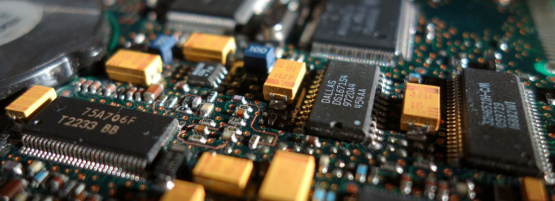Is ReneSola Ltd (NYSE:SOL) A Financially Sound Company?

While small-cap stocks, such as ReneSola Ltd (NYSE:SOL) with its market cap of US$57m, are popular for their explosive growth, investors should also be aware of their balance sheet to judge whether the company can survive a downturn. Evaluating financial health as part of your investment thesis is essential, as mismanagement of capital can lead to bankruptcies, which occur at a higher rate for small-caps. We'll look at some basic checks that can form a snapshot the company’s financial strength. Nevertheless, potential investors would need to take a closer look, and I suggest you dig deeper yourself into SOL here.
Want to participate in a short research study? Help shape the future of investing tools and you could win a $250 gift card!
SOL’s Debt (And Cash Flows)
SOL's debt levels surged from US$109m to US$176m over the last 12 months , which accounts for long term debt. With this increase in debt, the current cash and short-term investment levels stands at US$6.8m to keep the business going. We note it produced negative cash flow over the last twelve months. As the purpose of this article is a high-level overview, I won’t be looking at this today, but you can take a look at some of SOL’s operating efficiency ratios such as ROA here.
Can SOL meet its short-term obligations with the cash in hand?
At the current liabilities level of US$134m, the company has been able to meet these obligations given the level of current assets of US$135m, with a current ratio of 1.01x. The current ratio is the number you get when you divide current assets by current liabilities. For Semiconductor companies, this ratio is within a sensible range since there's a sufficient cash cushion without leaving too much capital idle or in low-earning investments.
Does SOL face the risk of succumbing to its debt-load?
Since total debt levels exceed equity, SOL is a highly leveraged company. This is a bit unusual for a small-cap stock, since they generally have a harder time borrowing than large more established companies. We can test if SOL’s debt levels are sustainable by measuring interest payments against earnings of a company. Ideally, earnings before interest and tax (EBIT) should cover net interest by at least three times. For SOL, the ratio of 1.79x suggests that interest is not strongly covered, which means that lenders may refuse to lend the company more money, as it is seen as too risky in terms of default.
Next Steps:
Although SOL’s debt level is towards the higher end of the spectrum, its cash flow coverage seems adequate to meet obligations which means its debt is being efficiently utilised. This may mean this is an optimal capital structure for the business, given that it is also meeting its short-term commitment. Keep in mind I haven't considered other factors such as how SOL has been performing in the past. I recommend you continue to research ReneSola to get a more holistic view of the small-cap by looking at:
- Future Outlook: What are well-informed industry analysts predicting for SOL’s future growth? Take a look at our free research report of analyst consensus for SOL’s outlook.
- Historical Performance: What has SOL's returns been like over the past? Go into more detail in the past track record analysis and take a look at the free visual representations of our analysis for more clarity.
- Other High-Performing Stocks: Are there other stocks that provide better prospects with proven track records? Explore our free list of these great stocks here.
We aim to bring you long-term focused research
analysis driven by fundamental data. Note that our analysis may not
factor in the latest price-sensitive company announcements or
qualitative material.
If you spot an error that warrants correction, please contact
the editor at
[email protected]. This article by Simply Wall St
is general in nature. It does not constitute a recommendation to
buy or sell any stock, and does not take account of your
objectives, or your financial situation. Simply Wall St has no
position in the stocks mentioned. Thank you for reading.